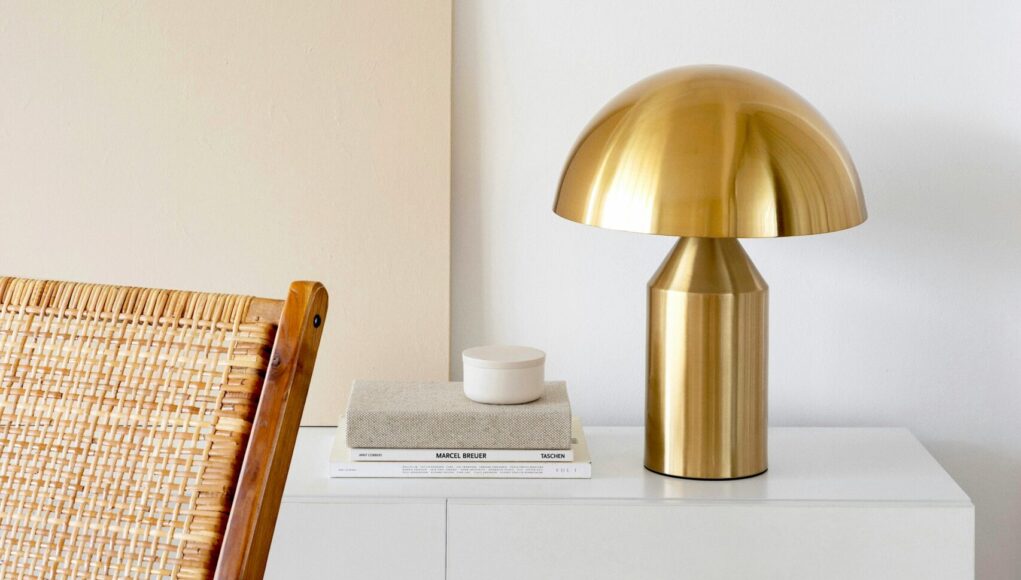In today’s social media-driven world, staying abreast of design trends can feel like chasing a moving target. But before you rush to incorporate the latest viral aesthetic into your next project, consider the distinction between fleeting fads and movements with lasting significance.
Trends vs. Movements: A Matter of Meaning
True design movements address a fundamental need or cultural shift. They emerge organically, reflecting a collective desire for authenticity and functionality. Take, for example, the current trend of “bookshelf wealth.” This isn’t just about aesthetics; it’s a celebration of lived experiences and a rejection of mass-produced, impersonal spaces filled with soulless clutter. Bookshelves overflowing with well-worn volumes and personal tchotchkes become a testament to one’s unique journey.
Fads, on the other hand, are often manufactured and impermanent. They serve primarily as marketing tools, encouraging rapid consumption and discarding of perfectly usable items. Remember the “all-pastel” spring trend that flooded social media? This was likely more about editors clearing their photo archives than a genuine shift in design preferences.
Questioning Value over Novelty
As a design professional, it’s crucial to develop a critical eye. Don’t be swayed by fleeting trends. Instead, ask yourself these key questions:
- Why does this design element exist?
- Does it serve a functional purpose or address a specific need?
- Does it represent an improvement over existing solutions?
- Is it more sustainable, space-efficient, or user-friendly?
The most successful designs are those that resonate with the client’s personality and lifestyle. Your role is to guide them towards creating a space that reflects their unique story, not simply replicate a trendy image from a magazine.
Design with Intention
The next time you encounter a design trend, take a moment to analyze its underlying message. Does it align with your project’s goals and your client’s values? If not, don’t be afraid to move on. Great design is about creating a space that inspires and uplifts, not just one that garners fleeting social media attention.






